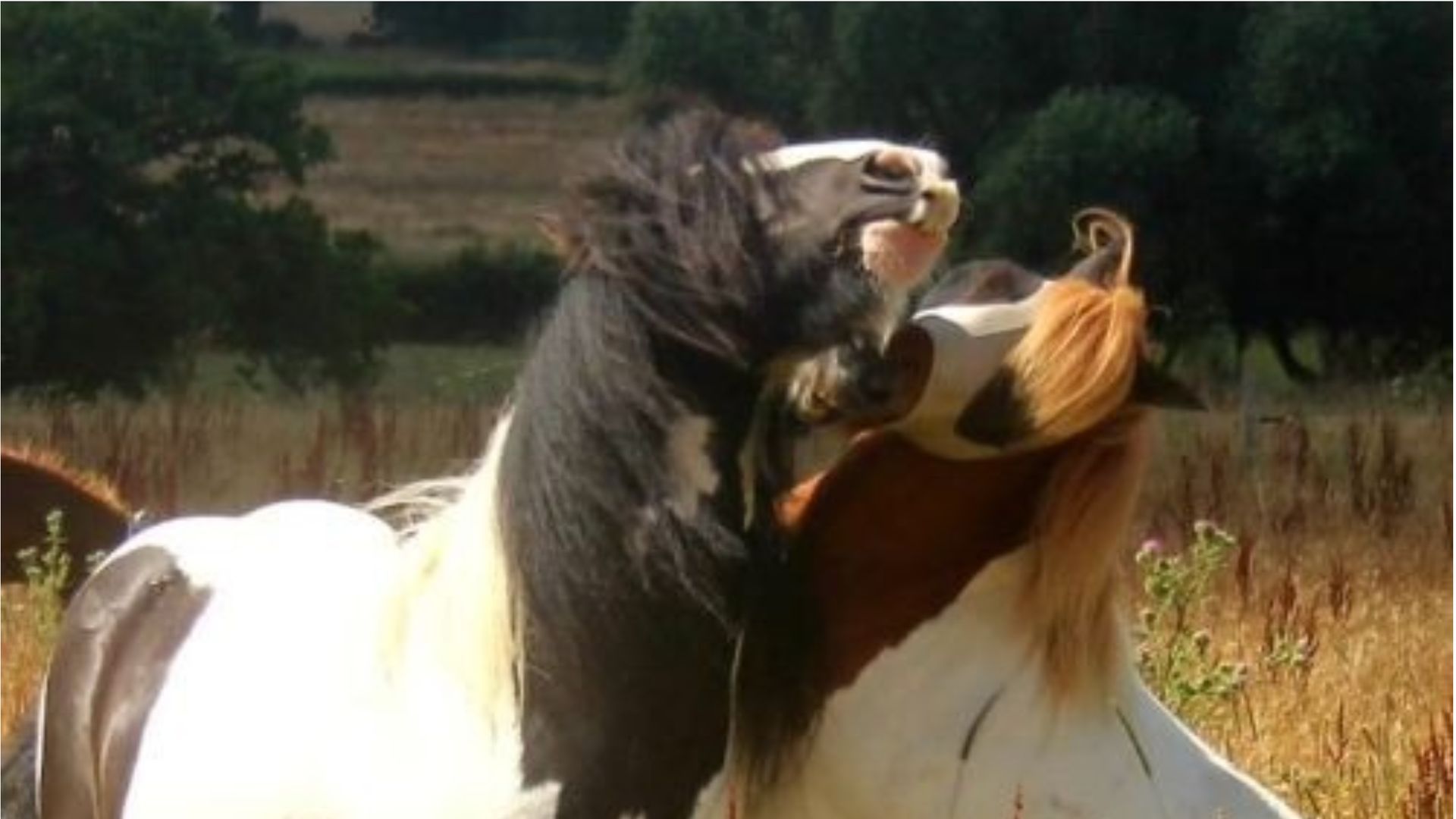The Methionine v. Laminitis connection
A closer look at methionine's role in combating the laminitis risk
No doubt like many of us out there, I have a very worn t-shirt having spent each spring on edge, worrying about laminitis while managing three 'metabolics' over the last two decades. Laminitis isn't just a word that echoes around yards come spring; it's a reality many of us face, particularly as the risk increases with the season's fresh grass growth.
But what if there was a way to help fortify our beloved horses against the threat, through the power of amino acids like methionine? A recent study shows we may be able to avert the shadow of laminitis through nutritional insight.
A closer look at methionine's role in combating the laminitis risk
As we’re now well into spring, many of us yet again find ourselves faced with the all too familiar risk of laminitis, characterised by damage to the laminae within the hoof capsule, causing intense pain and mobility issues. There are many causes of laminitis, one of which is hyperinsulinemia, also known as insulin dysregulation (ID), and commonly associated with our EMS horses.
A pivotal study spearheaded by Stockle et al. (2022) highlights methionine as a potential game-changer, suggesting that this amino acid could be a key strategy in supporting horses at risk of ID and, consequently, laminitis.
Their study delved into the resting plasma amino acid concentrations in horses deemed at risk, and pointed to an innovative approach: could supplementing with amino acids, specifically methionine, offer much-needed support for horses battling ID?
Beyond Glucose - the role of insulin in protein metabolism
While most of us are well-versed in the need to carefully monitor the starch and sugar in our horses' diets due to insulin's role in glucose metabolism, insulin's impact on protein management is less well known. Beyond its role in managing blood sugar, insulin also influences how our horses' bodies use proteins, with disruptions in insulin regulation disrupting the absorption and utilisation of amino acids.
However, the study results suggest that with adequate levels of certain amino acids, the body can actually ramp up protein synthesis, tipping the scales back towards balance to counteract the negative effects of insulin dysregulation.
Methionine – a vital nutrient for hoof health
The study focused on the plasma amino acid profiles in a group of horses with varying levels of insulin regulation. Of the 16 amino acids included in the study, 3 were found to be statistically significantly different. Among the findings, differences in the levels of GABA (gamma-aminobutyric acid), citrulline, and methionine were observed.
- GABA, functioning mainly as an inhibitory neurotransmitter, was found in one study to accelerate wound healing, and potentially influence skin elasticity and collagen expression. Considering the degradation of the laminae during laminitis, the study hypothesised that GABA could very well play a role in the healing aspect of laminitis. However, the not-so-good news is that GABA's a banned substance due to potential doping concerns by the FEI (2024).
- Citrulline, meanwhile, converts to arginine, a key player in vasodilation (the widening of blood vessels as a result of the relaxation of the blood vessel's muscular walls. Vasodilation is a mechanism to enhance blood flow to areas of the body that are lacking oxygen and/or nutrients). This pathway, however, becomes potentially impaired in ID horses, restricting lamellar blood flow, which as we know is a major factor in laminitis. However, the study showed uncertain benefits due to inconsistent findings on arginine levels between ID and non-ID horses, indicating that supplementing arginine needed further investigation.
- However, methionine stood out as a super-nutrient, crucial for maintaining hoof integrity and antioxidant metabolism, suggesting that supplementation with this amino acid could benefit horses prone to laminitis, and play a vital role in combating oxidative stress.
Methionine's role in the equine diet cannot be overstated. This essential amino acid is known for its sulphur content, important for keratin formation, the protein that forms the structure of the hoof. It's also involved in glutathione metabolism, the body’s natural master antioxidant that helps prevent oxidative stress damage.
Typically, horses get adequate methionine from grass. However, common practices aimed at minimising the laminitis risk, such as soaking hay to reduce water-soluble carbohydrates, leads to nutrient loss, including methionine. This is where methionine supplementation steps in, offering a straightforward solution to bolster hoof health and potentially lower the risk of laminitis.
Looking forward
As research continues to unfold on the connection between nutrition, ID, and the laminitis risk, the role of methionine in managing laminitis risk emerges as a promising strategy.
The path to protect our horses from laminitis doesn't end with just awareness – it's about taking proactive steps to ensure their well-being. Our EquiVita & VitaComplete mineral balancers include 3-grams of premium methionine, as standard, in each formulation, offering a straightforward solution to support hoof health and mitigate the risk of laminitis.
With methionine's proven benefits in supporting hoof health and its vital role in combating oxidative stress, we're supporting our horses in a more targeted and effective way, and hopefully giving us all some peace of mind over the seasonal laminitis concerns. 😉










